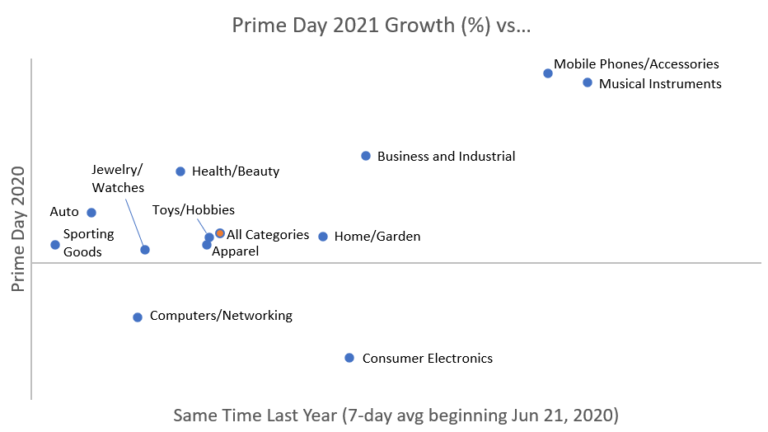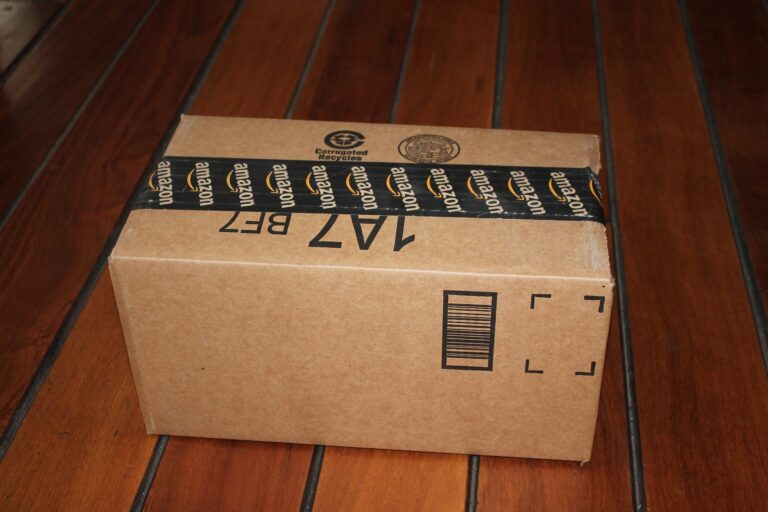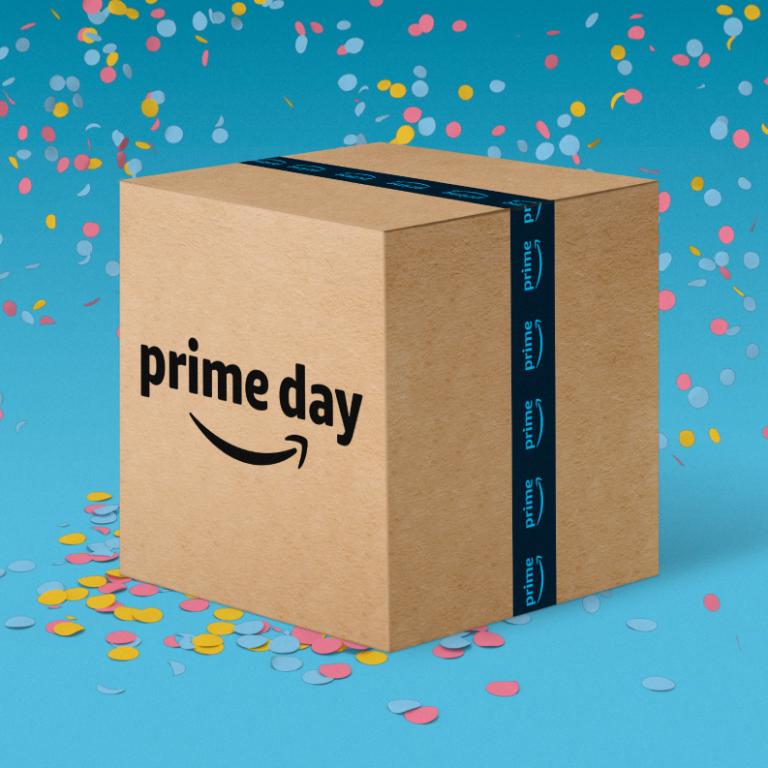
In July 2021, the European Union will be overhauling e-commerce value-added tax (VAT) regimes, fundamentally changing how retailers account for VAT and who accounts for it. All parties in the retail space must understand their obligations, not only to avoid extra VAT costs, but also to ensure they do not unknowingly deliver poor customer service.
While the new rules are intended to simplify compliance and reduce VAT fraud, the reforms have created some confusion and concern among sellers. This is especially true around the introduction of the new Import One Stop Shop (IOSS), which will apply to any businesses outside the EU selling to customers in the EU. Since the UK exited the EU in January 2021, this new rule will also apply to sellers in that country.
The new rules will also give online marketplaces more responsibility for accounting for VAT. With the rise of marketplaces allowing for sellers outside the EU to sell to EU customers, leading to a mass explosion of e-commerce, it has been difficult for EU governments to tax sellers correctly and easily. As such, putting the onus of tax collection on marketplaces aims to solve this issue.
To ensure a smooth transition by July 1st, review the following key factors for marketplace sellers .
Mapping the Route to Success
A fundamental change to the new VAT system is that the “place of supply” will, starting on July 1st, shift to the final destination for shipped goods. In other words, the EU country in which the end customer is located will determine where the VAT value is established.
This means that one of the key actions sellers can take to prepare is to look at the geography of all of their sales, and map out all possible fulfilment routes. Having this deep understanding of their sales map means sellers can make the most advantageous decisions before the new rules are enforced.
Today, most retail businesses sell through multiple different channels. While this maximizes sales, it also maximizes logistical issues to resolve before the changes come into play. Sellers must understand the solutions of each sales distribution channel they use, whether their own website or individual marketplaces, as they will need to enforce different policies and actions for each.
Understanding Value
The new VAT rules will apply to imports of “low value” goods below €150 — goods with values over €150 have different rules. The €150 limit is based on the consignment — i.e., the value of the whole package and the intrinsic value of the goods, and therefore the value you’re selling to customers at. However, sellers can exclude VAT as well as freight and insurance charges from the value if they separately disclose these to the customer. Any other related costs that do not reflect the value of the goods themselves, such as tooling costs or license fees, can also be excluded from the intrinsic value, if they are separately and clearly indicated in the invoice. Note that the option to let the customer pay the VAT and fees will remain.
Sellers therefore need to enforce their own systems to identify the intrinsic value of their goods and the points at which they breach the €150 threshold. If selling through marketplaces, sellers must understand the solutions each marketplace is offering to accurately account for VAT.
Prioritizing Customer Experience
Understanding the new IOSS rules will be essential to ensuring end customers are not left with any negative consequences — but it’s easier said than done. Many sellers have even struggled to find where to sign up for IOSS. The registration facility will be made available on EU tax authorities’ own websites in the coming weeks. However, non-EU businesses will be required to appoint VAT representatives who may need to complete the IOSS application for them. The UK government has been negotiating an exemption, but this has not been achieved to date, so sellers within the UK are currently unable to register for IOSS without appointing a VAT representative.
It must also be noted that non-EU retailers or import consignments must include the IOSS number in each consignment. If it’s not available on each consignment, sellers will encounter problems at the EU border, and the customer will end up having to pay VAT again, creating a bad customer experience and, ultimately, overpaying the tax. A key concern is therefore physically getting the IOSS number onto the appropriate label. If you are using a service that relies on electronically pre-declaring consolidated shipments, you need to ensure that the appropriate IOSS number is available electronically.
Fruugo has been investigating a couple of the carriers’ capabilities to do this if you’re using their interface to print labels —for example, DHL and DPD. In the UK, Royal Mail recently announced plans to provide such a service. While a seemingly small step in the logistics process, it is essential for a seller’s business to get this right to effectively get the goods into the customer’s hands at the price originally paid.
While a period of uncertainty and adaptation for cross-border sellers may occur as the market adapts to the changes, once established, the new rules do aim to benefit retailers, marketplaces, customs and ultimately the customer. Ensure you are prepared for the reforms to avoid unnecessary costs and continue delivering stellar customer experience — wherever your customer is located.
Image credit: by Brooke Lark on Unsplash

![Full Guide to Making a Product Video That Converts [+ Examples]](https://thegateway.net.au/wp-content/uploads/2022/09/full-guide-to-making-a-product-video-that-converts-examples-768x587.jpg)




